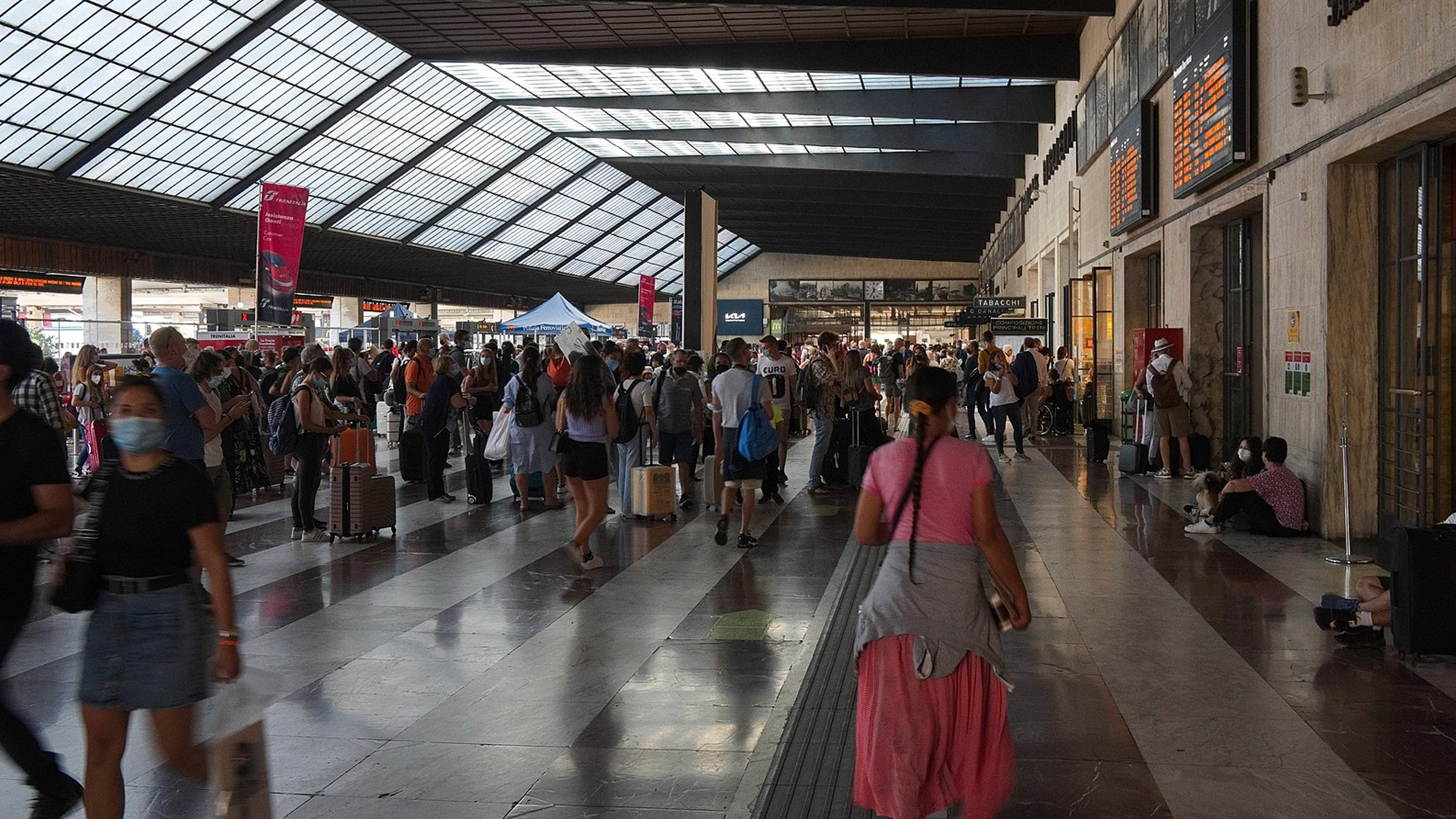Originating in Milan, Futurism was an Italian avant-garde art movement that emerged in the early 20th century. As implied in its name, ideals such as technological advancement, industrial growth, and youth were at the forefront of this movement, as the turn of the century marked a time of uncertainty, yet innovation. However, in a time of growing fascist sentiments, Futurism upheld the idea that their core ideals could only be achieved through the cultural and political revolution that pushed concepts of militarism, violence, and nationalism.
Italian poet, Filippo Tommaso Marinetti, founded the Futurism movement in 1909. Marinetti was, in a sense, the voice of this art movement, publishing his passionate, very extreme beliefs in various manifestos, including his famous “Manifesto of Futurism”, which was published in the Parisian morning newspaper, Le Figaro. Marinetti’s manifestos garnered him much support in a time where nationalistic and militaristic ideologies were on the rise. He soon drew artists into his community who worked in various mediums, most notably Umberto Boccioni, Luigi Russolo, Gino Severini, and Carlo Carrà. These artists’ works were characterized by elements of visual dynamism, depictions of vehicles (such as planes, trains, and cars), and geometric shapes. It’s also important to note that Futurists rejected the classical and Renaissance art that characterized Italian cultural heritage, as dwelling on past values and aesthetics was seen as counterintuitive to their movement.

The Futurism movement became even more infused with politics after the First World War. Being staunch patriots, Futurist artists felt that the socio-economic divide between North and South Italy needed to be bridged and the way to propel Italy into modernity was through fascism, which seemed to align with the ideals of Futurism at the time. Consequently, Marinetti became a close friend of Italy’s fascist dictator, Benito Mussolini, and in 1918, Marinetti’s Futurist Political Party became a part of Mussolini’s National Fascist Party. Due to their association with the regime, Futuristic art was put on a pedestal as it aligned with Fascist Italy’s aesthetic values of clean lines and modern design. Mussolini’s party enabled more opportunities for Futuristic artists to erect their art on a larger scale, especially in the realm of architecture. Constructed in 1935 during Mussolini’s rule, Florence’s famous Santa Maria Novella train station is a prime example of Futuristic architectural design.
While Italian Futurism and fascism were closely interwoven, tension began to rise between Mussolini and Marinetti as the years went on. For example, Marinetti pushed to make Futurism the official state art form, however, Mussolini wasn’t in favor of the idea. Moreover, as Mussolini began to form a political relationship with Nazi Germany in 1937, Marinetti vehemently opposed the antisemitic policies that were perpetrated by both governments. He also was against Germany’s views on “degenerate art”, which condemned modern art forms such as Futurism. Despite the waning relationship between Marinetti and Mussolini, he did convince the dictator to not allow the traveling Nazi-German exhibition on “degenerate art” to enter Italy.

Even after its dissociation from the regime and the fall of Fascist Italy, Futurism was tainted as a fascist art movement, which caused it to slowly die out. Although it was short-lived and aligned itself with problematic ideologies, Futurism was arguably one of the most impactful art movements of the 20th century, influencing later modern art movements such as Dadaism and Surrealism.
In retrospect, Futurism proves to be a testament to the complex intersection and perhaps the tension between art and politics, being that it embraced both the promising possibilities of Italy’s future and the troubling ideologies of Italy’s fascist era.
Emily Rascon
Emily Rascon is from San Diego, California and is currently in the process of completing her Masters in Human Geography through the Johannes Gutenberg University of Mainz. She has always had a passion for traveling and learning new languages, having lived in Germany and now Italy. Emily loves reading books, going hiking, and of course, practicing her Italian! In addition, Emily enjoys creating content on TikTok, where she documents her life abroad and encourages people to find the confidence to pursue their inner wanderlust.


